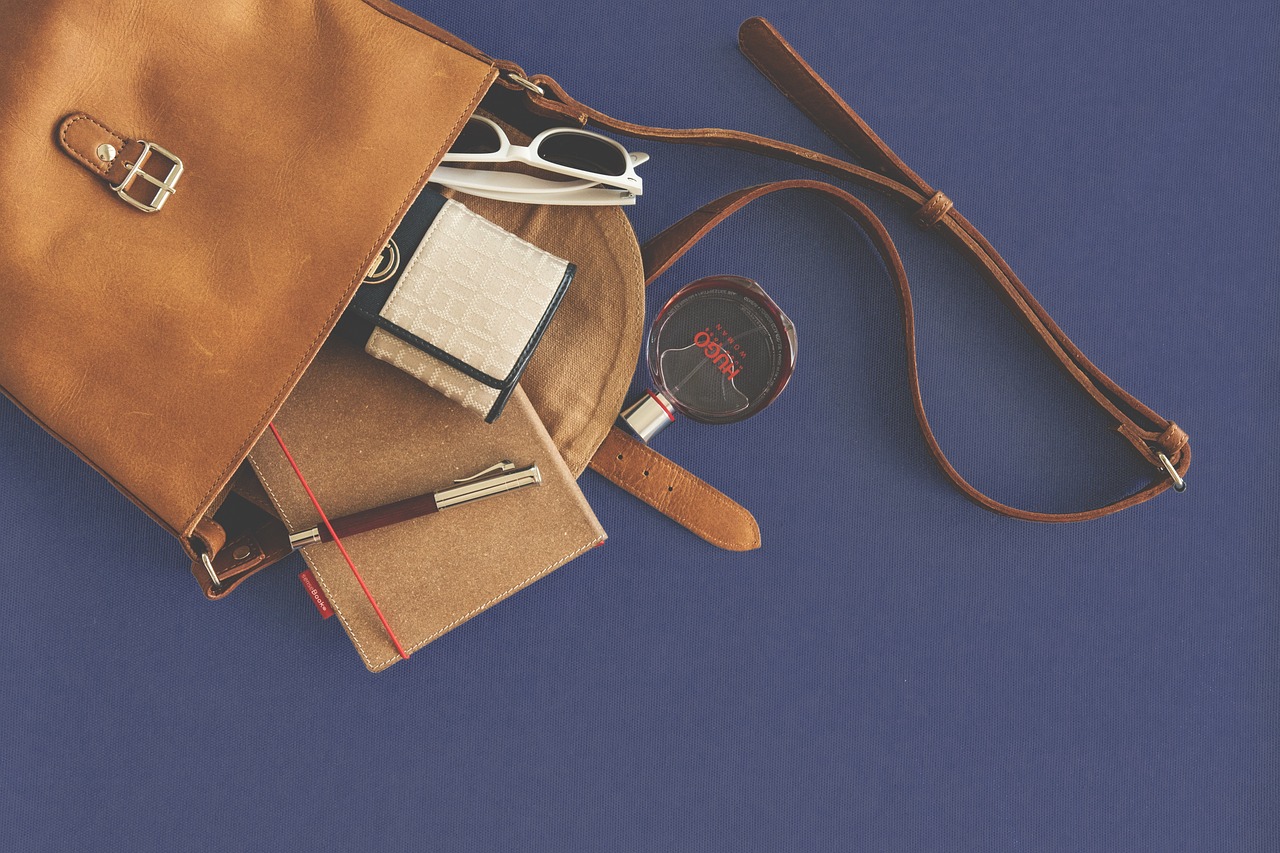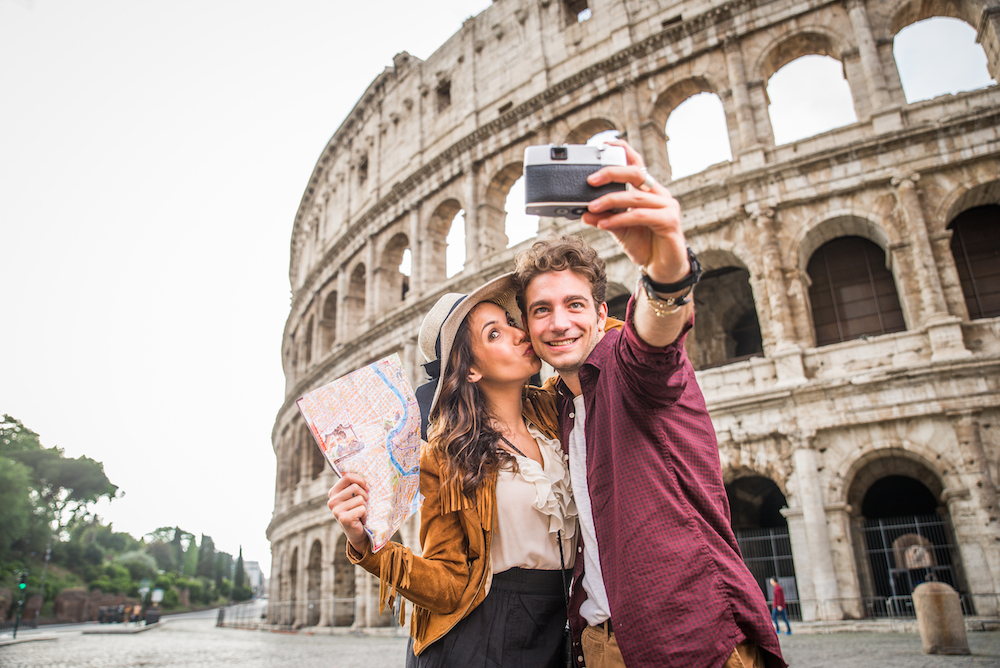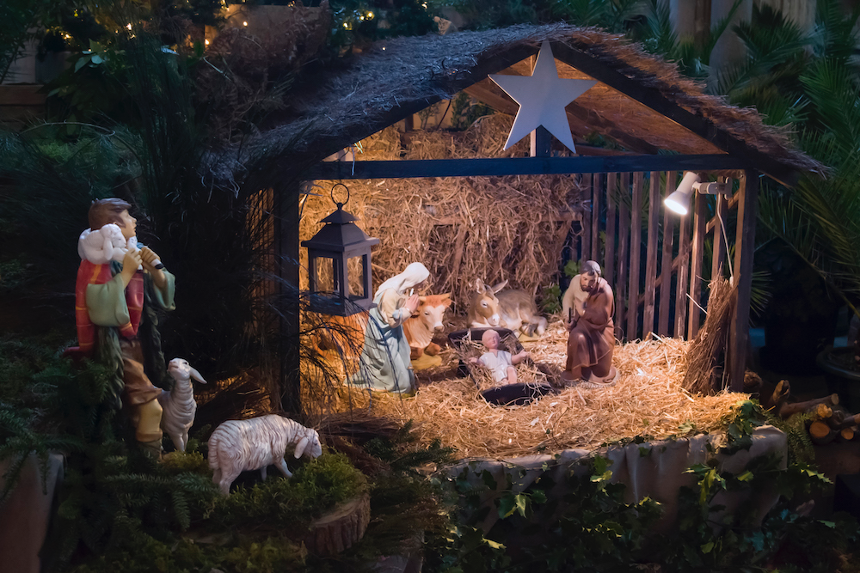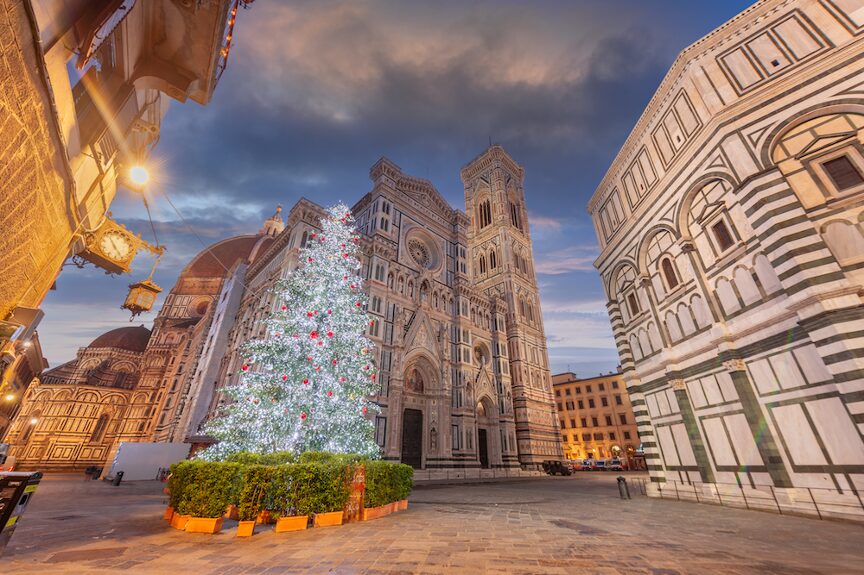Once the travel booking procedures have been completed, it is time to think about booking the currency exchange. This way you will have no worries once you arrive at your destination. Many tourists tend to convert a small amount of money for fear of losing it and not to run the risk of having their wallet stolen during the trip. In this mini-guide, we will give you some tips on how to hide money while travelling, so that you do not have to worry about it.
Amount of money to change
Before leaving, it is necessary to define a budget that you might need during your stay. Of course, expenses vary according to personal needs, such as the purchase of souvenirs, excursions or extra activities not included in the booked travel package. Taxi or local transport costs must also be taken into account in the costs to be incurred once the destination is reached.
Storing currency in different spots
One of the main tips is to divide the entire amount of cash by placing it in various pockets of the luggage and bag during the journey and in various spots in the room once you arrive at your destination. Storing currency in one single spot exposes you to a higher risk of theft.
Banknotes hidden among clothing
It may seem embarrassing or in some cases uncomfortable as a solution, but hiding money among one’s clothes is the trick that grandmothers also used. The drawback is at the time of payment that you will have to extract the necessary money from the most unthinkable places such as socks, shoes or bras. You could take the money out of your clothes while you are in the shop aisles and not at the cash desk, so the operation will be less embarrassing and less conspicuous.
Small-denomination banknotes
Small denomination banknotes can be requested when booking foreign currency. This option will not allow you to hide your travel money in a different way, but it will give you the opportunity to pay for taxis, souvenirs or extra expenses with small denomination banknotes without being conspicuous or creating problems with change.
Double wallet
The last tip on how to hide money while travelling is very simple to follow. Just get a spare wallet in which you can store part of your converted banknotes, so that during payment transactions part of your money will be safe in your backpack and hotel.
Once you have learned where to hide money while travelling, all you have to do is book your holiday and put the tips we have shared into practice.
Photo Credits:
LUM3N, pixabay.com









